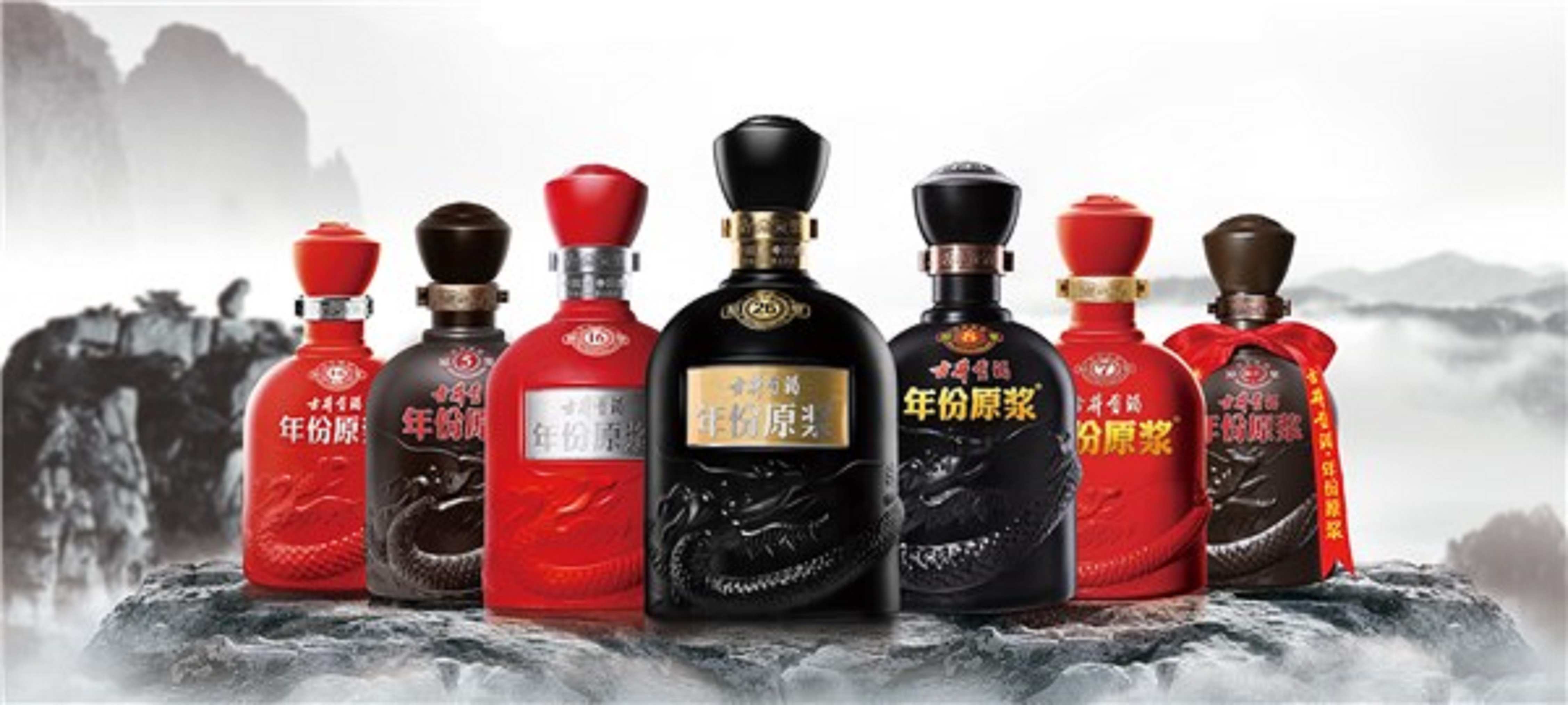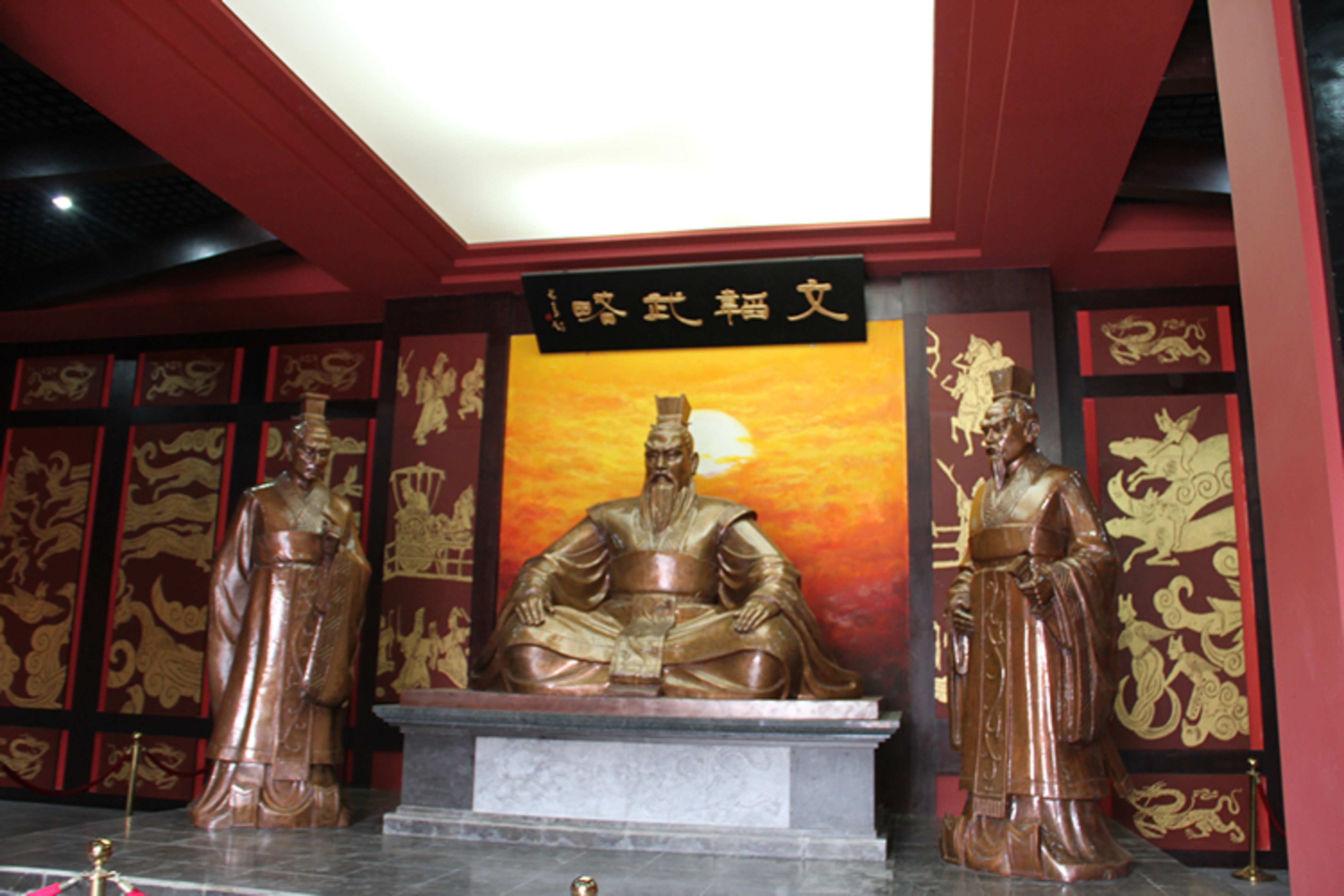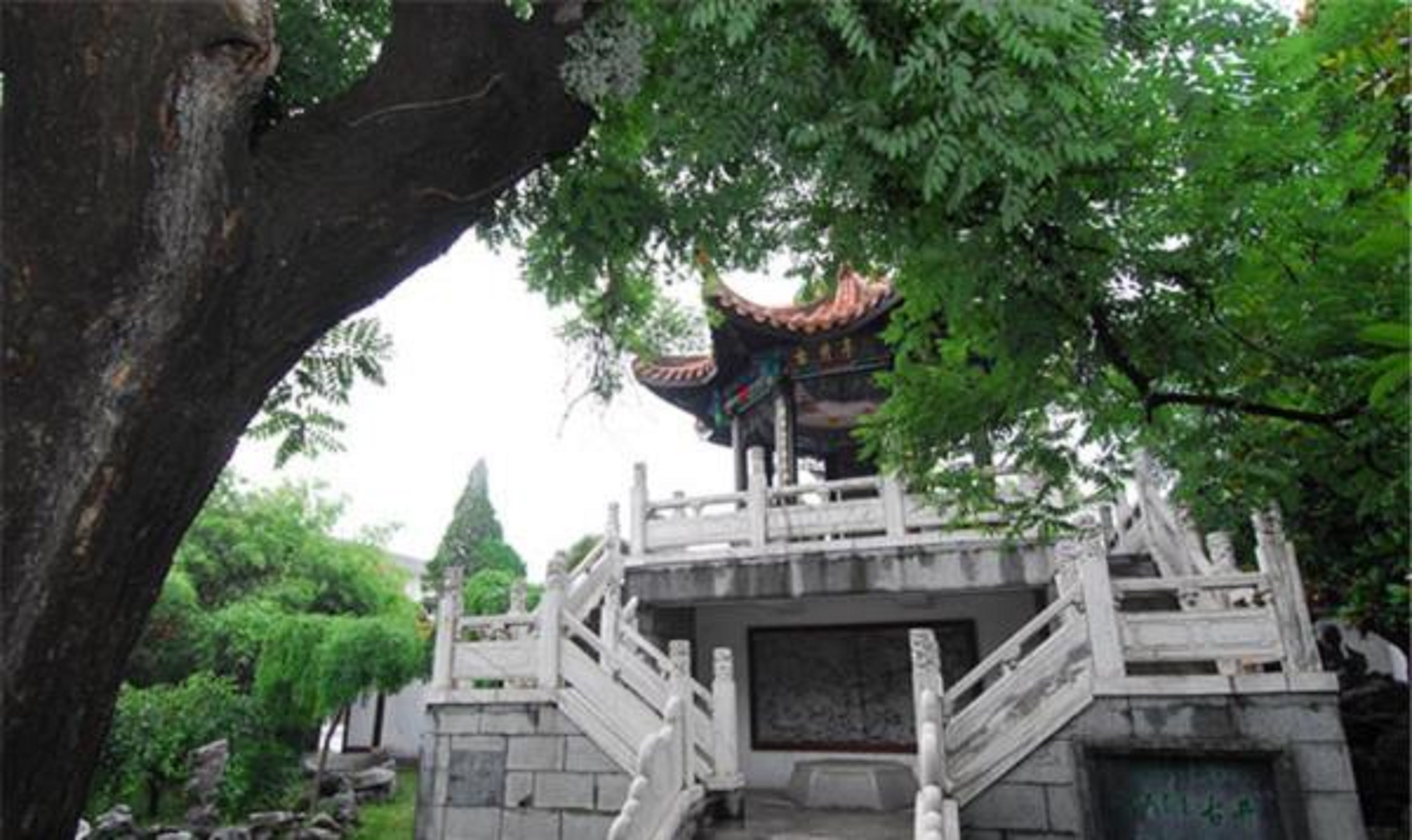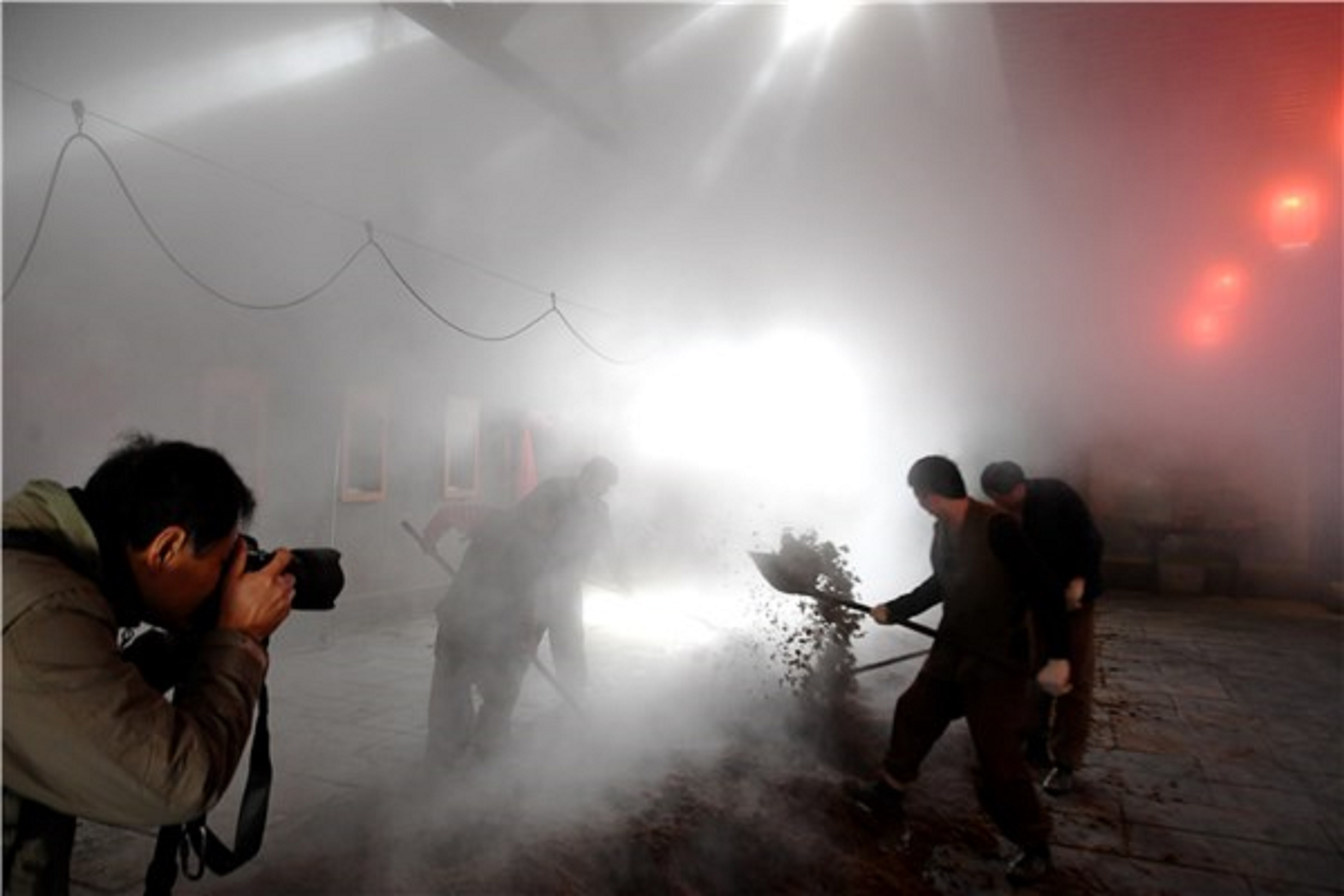|
gujinggong wine, known as one of the eight famous chinese wines, has a good reputation as peony in chinese wine. its making technique originated from bozhou, anhui province, especially in weigang, zhangji and gujing areas, because these regions are rich in alkalescence mineral water that are essential for wine making. as early as five thousand years ago in neolithic age, the wine making activities has appeared in bozhou. in 196, cao cao gave jiuyunchun wine, the speciality in his hometown bozhou, and its making technique to emperor xian of han dynasty. since then, the wine has become a royal tribute in all dynasties, and cao cao was called as the real dionysus. 


the reason for gujinggong wine never losing its appeal is that, it has inherited and developed the ancient method of making wine, jiuyun wine method for thousands of years. the traditional wine making method uses sorghum, rice, wheat, glutinous rice and corn as raw materials, after being crushed, mineral water and wine yeast will be added into the mixture, and they are going to ferment in the old cellar of ming dynasty. then, by following with two main principles, “selecting fermented grains from layers” and “selecting wine base on time”, we will get the best raw wine essence. finally, after years of raw wine storage in underground cellars, the best liqueur comes out. 

gujinggong wine has outstanding features, such as “ clear as crystal, fragrant as orchid, sweet and mellow flavor and endless aftertaste”. the traditional distilling technique of gujinggong wine in bozhou, anhui province, has been approved by the state council to be included in the fifth batch of representative items of national intangible cultural heritage. as a pioneer of chinese baijiu in the international market, gujinggong group is dedicated to bring chinese baijiu to a world stage. entries: 1.gujinggong wine 2.one of the eight famous chinese wine 3.peony in wine 4.traditional liqueur distilling techniques 5.bozhou 6.weigang, zhangji and gujing 7.alkalescence mineral water 8.the neolithic age 9.cao cao 10.jiuyunchun wine 11.royal tribute 12.the real dionysus 13.jiuyun wine method 14.sorghum, rice, wheat, glutinous rice and corn 15.mineral water 16.wine yeast 17.ferment 18.selecting fermented grains from layers 19.selecting wine base on time 20.wine essence store in underground cellars 21.the fifth batch of representative items of national intangible cultural heritage
|